Endotoxin Testing
Pyrogens are a group of fever causing substances which can be found in compounded sterile preparations (CSPs) if appropriate actions are not taken to reduce or remove them. One of the most widely known groups of pyrogens are bacterial endotoxins.
